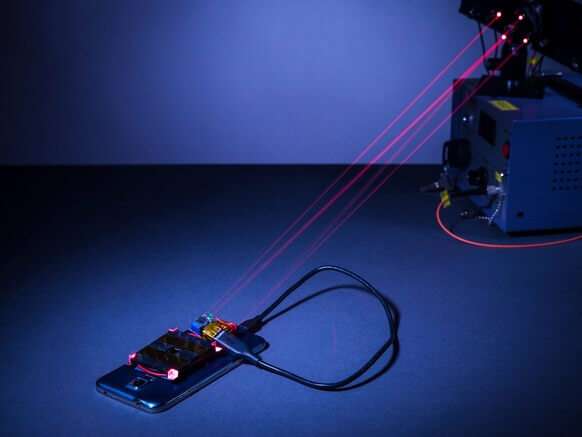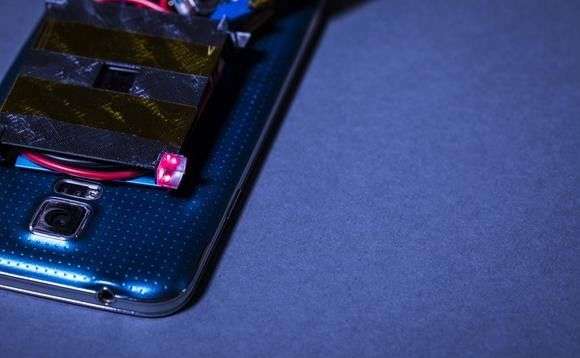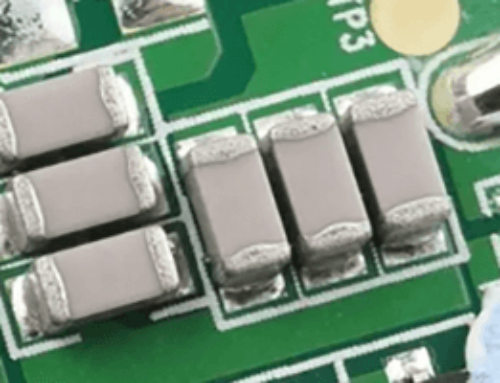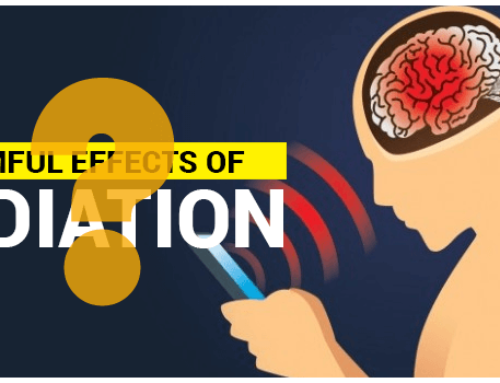About Long-distance Wireless Charging
Wired charging and wireless charging are the two main charging methods currently used to charge mobile phones. Wired charging requires plugging for everytime charging. However, the charging plug is easily damaged and the operation is cumbersome. Wireless charging avoids frequent plug-in and operations. So wireless charging is chosen by more and more people.
At present, the main wireless charging is the QI standard wireless charging(Interpretation of the latest version of WPC Qi V1.2.4). The QI has detailed regulations on various performances and security and is the most mature wireless charging standard at present. Mobile phones from companies such as Apple, Samsung, LG, and Google have begun to use this wireless method for charging.
However, the charging distance is similar to the QI standard charging method. Basically, the mobile phone must be placed on the charging pad to be charged effectively. There is a charging method that can theoretically reach 10 meters, that is, wifi charging. However, the power and charging time and efficiency of wifi charging is too low to use in business.
Is there any way to solve the problem of charging time and charging distance?
The researchers found a laser charge. A team of electrical engineers at the University of Washington are suggesting that, yes, the solution to all your charging problems is lasers. “You could build a phone case that had the receiver integrated into it, and then buy the laser setup,” says Vikram Iyer, the lead author of a paper the team wrote about the idea. (He works in the same big lab that came up with a cell phone that doesn’t need batteries.) “Obviously you’d want to make that smaller, nicer, and prettier, but it could be a standalone thing, like a Wi-Fi router.”

You can put your phone anywhere in the room, the laser automatically finds the phone. It will emit a light beam to charge the phone after the phone been found. There will be a photovoltaic cell (similar to a solar cell) on the phone.
Is laser charging safe? Will it cause harm to the human body?
A laser of 4.3 watts per square centimeter of power is invisible and can provide a laser receiver with approximately 1 watt of power. But a 4.3 watts laser is enough to damage the human eyes.
So the question is how to avoid laser damage to people. Is it possible to reduce the laser power to a safe value?

The answer is yes. Reduce the laser power. Reduce the power to near infrared. Increase the number of lasers. A laser beam is used, and a retroreflector forms a bundle of harmless light tubes on the receiver, similar to a force field. A detection area is formed by the retroreflective laser within 4 inches of the main laser. Used to detect the movement of the human body. This will safely charge the phone with the laser.
Another question is how does the laser beam accurately locate the laser receiver?
A mobile phone that needs to be charged emits a sound that is inaudible to the human ear. The microphone on the laser transmitter picks up the sound and uses the flight time to calculate the rough position of the phone. The low power beam is then emitted to scan the location of the phone. After it finds the reflector, the near-infrared laser will rotate and start charging while ensuring safety to the human body.
Of course, laser charging is still in the laboratory test stage, and it takes time for commercial use. I hope that such high technology can be commercialized as soon as possible and benefit mankind.
(DONE)





Researchers at the University of Washington have come up with a wireless charge system by using lasers.